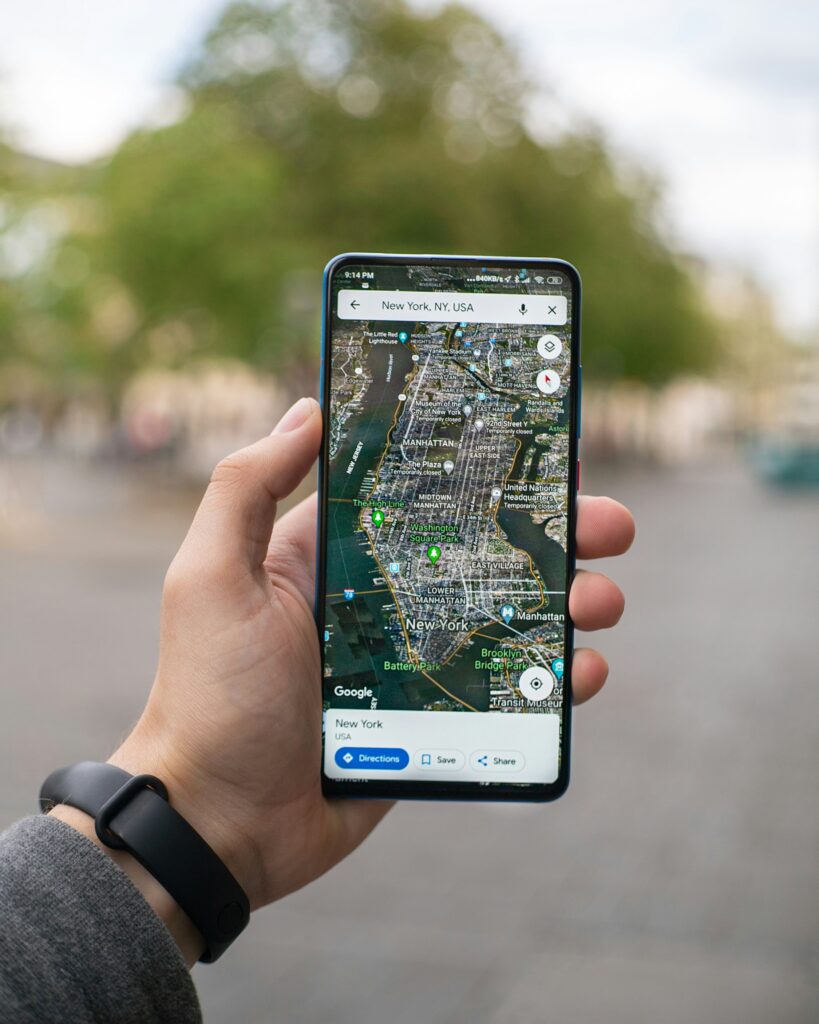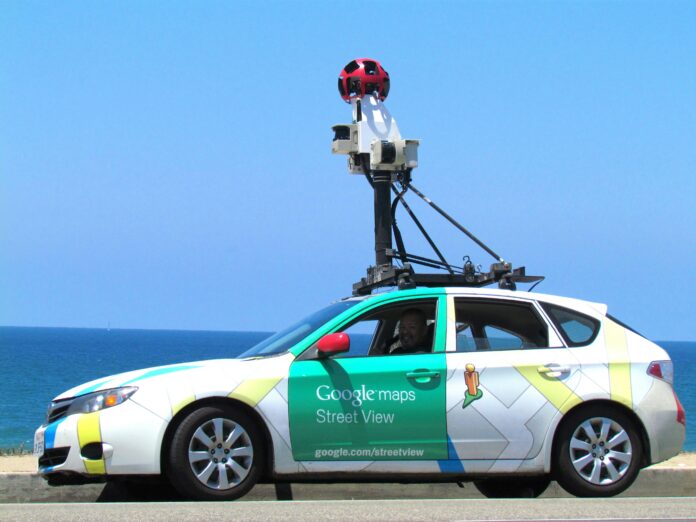In the not-so-distant past, navigating our way around involved unfolding cumbersome maps, heated discussions with travel companions, and the occasional pit stop to ask for directions. Fast forward 15 years, and the game has changed. Thanks to digital mapping apps like Google, Apple, and Waze, we can breeze through traffic, find our parked cars, and even receive alerts about natural disasters. It’s a stark shift from the days of paper maps and directional debates.
The Google Maps Phenomenon
Google Maps has emerged as the undisputed champion among its competitors, with over one billion monthly users relying on its services. What started as a simple tool for point A to point B navigation has transformed into a global mapping giant, covering 220 countries and territories, constantly updated tens of thousands of times a day.
The journey of Google Maps began in 2005, a time when its user base was far from a billion, and its interface looked vastly different from what we see today. Born out of strategic acquisitions, including Where2 Technologies in 2004, Google set its sights on addressing a universal consumer pain point—navigation. This early move set the stage for a decade of data collection, image capturing, and the birth of features that would redefine how we perceive maps.

Street View and Beyond
The introduction of Street View in 2007 marked a pivotal moment. Google embarked on a mission to map the entire world, capturing 360-degree views of streets, landmarks, and even venturing into certain buildings. Street View not only provided users with a visual tour of their destination but also became a trove of data that enhanced the accuracy of Google’s maps.
The mobile revolution further fuelled Google Maps’ ascent. The advent of the iPhone in 2007, with Google Maps preloaded, propelled the app into the palms of users globally. As smartphones became ubiquitous, Google Maps faced off with dedicated GPS systems like TomTom and Garmin, capitalizing on its accessibility and user-friendly features.
The relationship between Google and Apple, however, underwent a seismic shift with the launch of Apple Maps in 2012. A glitch-ridden debut led to a public apology from Apple’s CEO, Tim Cook, and a prompt return to Google Maps for iPhone users. This move cemented Google Maps as a go-to navigation tool for millions.

The Rise of Waze
Around the same time, a new contender emerged—Waze. This navigation app brought a social aspect to mapping, allowing users to share real-time information about traffic, accidents, and police presence. In 2013, Google acquired Waze for over a billion dollars, integrating its dynamic data into Google Maps. This not only enhanced traffic information but also opened avenues for experimenting with new ad formats.
Monetizing the Map
While Google Maps remained ad-free for years, Alphabet executives hinted at a shift in 2019. Estimates suggest that Google Maps’ revenue, including desktop, local search, and mobile, could exceed 11 billion dollars in 2023. The potential for monetization ranges from integrated paid search offerings to promoted pins, providing a lucrative opportunity for targeted advertising.
Navigating Challenges and Controversies
However, Google Maps hasn’t sailed through without challenges. Privacy concerns arose as Street View captured detailed images, sometimes including faces and license plates. In 2013, Google settled a lawsuit for seven million dollars after inadvertently collecting data from unencrypted Wi-Fi networks during Street View operations.
With its vast user base and the potential for monetization, Google Maps has inevitably drawn regulatory scrutiny. The importance of responsible data management has been underscored, with Google enhancing user controls and privacy features in response.

Competition and the Future Landscape
Competitors like Apple Maps and Snap Map have entered the arena, aiming to challenge Google’s dominance. Apple, in particular, invested heavily in revamping its map, introducing features like Look Around and emphasizing privacy. The evolving landscape prompts questions about the accuracy, directions, and overall user experience offered by these platforms.
Looking ahead, the integration of augmented reality (AR) stands out as a potential game-changer. The future Google Maps might well shift from smartphones to smart glasses, providing a transparent AR overlay for navigation. As Google continues to invest in mapping technology, the potential applications extend to self-driving cars and advanced AI capabilities.
Google Maps, from its humble beginnings as a navigation tool, has morphed into a global mapping powerhouse. With over five million sites and apps utilizing its services, it’s not just a tool but an integral part of our daily lives. As it continues to evolve, embracing new technologies and fending off competition, Google Maps remains an indispensable companion in our journeys, virtual and physical.
FAQs:
How does Google Maps make money?
Google Maps primarily generates revenue through advertising. Potential avenues for monetization include integrated paid search offerings and promoted pins.
What sets Google Maps apart from its competitors?
Google Maps’ dominance stems from its extensive data collection, constant updates, and integration of features like Street View and real-time traffic data from Waze.
How valuable is user-generated data for Google Maps?
User-generated data, including reports from Waze users, has been instrumental in enhancing the accuracy of Google Maps and providing real-time information.
What is the future of Google Maps?
The future of Google Maps might involve the integration of augmented reality (AR) for transparent navigation, especially if smart glasses become more prevalent.
Does Google Maps work with self-driving cars?
Yes, Google Maps plays a crucial role in the development of self-driving cars, providing detailed mapping data that fuels artificial intelligence systems.
Who are the main competitors of Google Maps?
Key competitors include Apple Maps and Snap Map, with Apple investing significantly in revamping its mapping services and emphasizing privacy.






Your article helped me a lot, is there any more related content? Thanks!